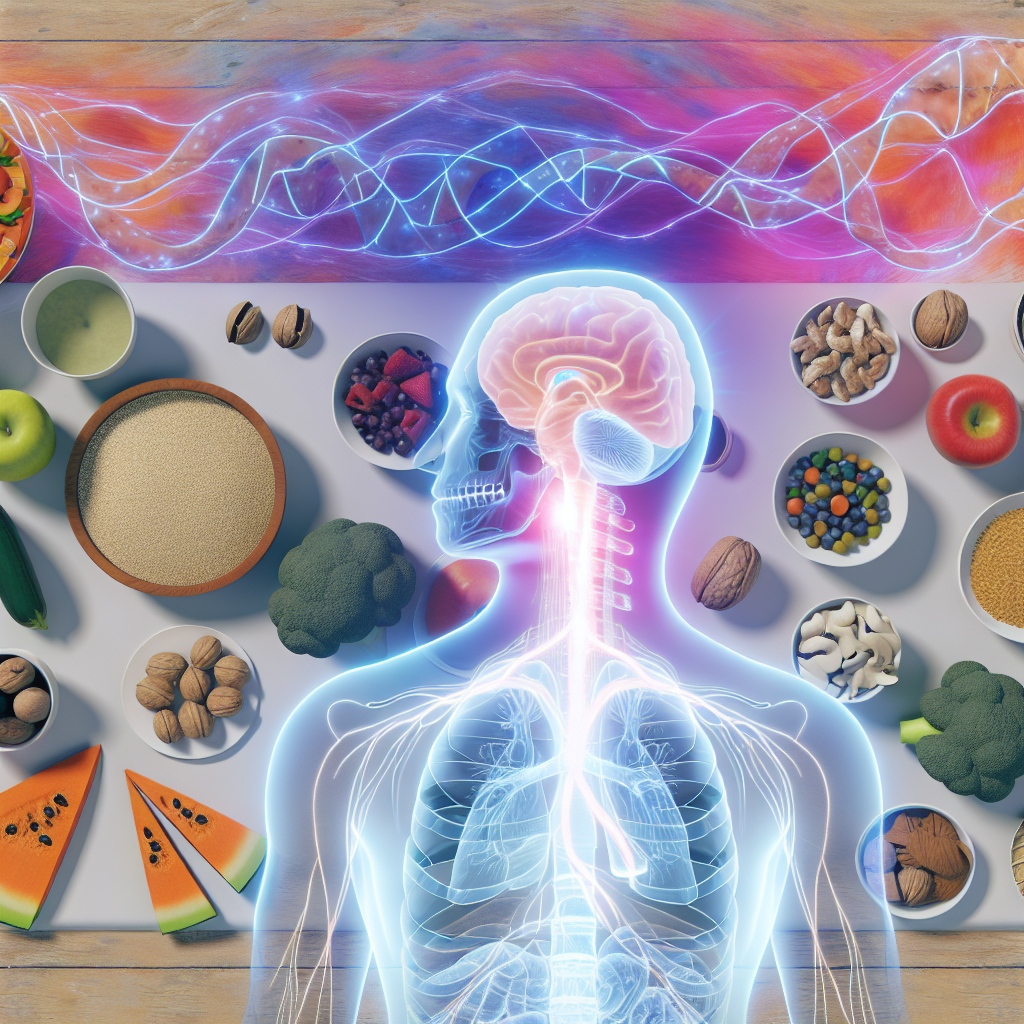Natural Pain Management: Beyond Opioids
Introduction: The Growing Need for Safer Pain Relief
Pain is a universal experience, affecting millions of people worldwide every day. Whether it stems from chronic conditions like arthritis, post-surgical recovery, or temporary ailments such as migraines or muscle strain, pain management is a crucial aspect of healthcare. Historically, opioid-based medications have been the primary treatment option for moderate to severe pain. However, with increasing concerns regarding opioid addiction, dependence, and overdose-related deaths, alternative methods for managing pain have gained significant attention.
Natural, homeopathic, and herbal treatments have been used for centuries to alleviate pain without the harmful side effects associated with opioids. Many of these approaches tap into the body’s natural ability to heal itself and include a variety of techniques such as herbal remedies, acupuncture, massage therapy, dietary changes, meditation, and physical therapies. Scientific research has been evolving in support of these alternative methods, offering patients a safer path toward pain relief.
One of the core benefits of natural pain management is that it often addresses the root cause of pain rather than simply masking symptoms. For example, inflammation is a key factor in many painful conditions, and numerous herbal treatments such as turmeric, ginger, and willow bark work by reducing inflammation naturally. Meanwhile, therapies such as acupuncture and massage stimulate endorphins—the body’s natural painkillers—while improving blood flow and relaxation.
Another promising direction in holistic pain relief includes homeopathy and mind-body techniques. These approaches promote overall well-being and reduce reliance on pharmaceutical medications. Practices like meditation and yoga have gained scientific backing for their ability to decrease chronic pain, particularly in conditions like fibromyalgia and lower back pain. In addition, nutritional interventions—such as adopting an anti-inflammatory diet—have been linked to long-term pain reduction and improved mobility.
Given the growing movement toward a more holistic and integrative approach to pain management, it is essential to explore the wealth of natural alternatives available. This article will examine various evidence-based natural pain relief solutions, discussing their effectiveness and how they can be incorporated into a comprehensive, opioid-free pain management plan.
Scientific Research Validates Natural Pain Management
As concerns about opioid dependency rise, extensive research has been conducted to explore the efficacy of natural pain management methods. Several scientific studies have demonstrated the effectiveness of herbal remedies, acupuncture, dietary modifications, and mind-body techniques in reducing pain. Below, we examine some of the most significant research findings in this field.
The Power of Herbal Medicine in Pain Relief
One of the most widely studied natural pain relievers is turmeric. Curcumin, the active compound in turmeric, possesses strong anti-inflammatory properties and has been shown to reduce joint pain in patients with arthritis. A study published in the Journal of Medicinal Food in 2016 found that curcumin was as effective as ibuprofen in managing pain in osteoarthritis patients (1). Similar promising results have been observed for ginger, which contains compounds that inhibit inflammation and pain pathways.
Willow bark, another natural analgesic, contains salicin—a compound chemically similar to aspirin. Research published in Phytotherapy Research indicated that willow bark extract significantly reduced back pain with fewer gastrointestinal side effects than traditional nonsteroidal anti-inflammatory drugs (NSAIDs) (2).
Acupuncture: Ancient Healing Backed by Science
Acupuncture, a practice rooted in traditional Chinese medicine, involves the insertion of thin needles at specific points on the body to stimulate energy flow and provide pain relief. A large meta-analysis published in JAMA Internal Medicine (2012) examined data from nearly 18,000 patients and concluded that acupuncture was an effective treatment for chronic pain conditions such as back pain, osteoarthritis, and migraines (3). The study further emphasized that acupuncture’s pain-relieving effects exceeded those of placebo treatments, reinforcing its legitimacy as an alternative therapy.
Mind-Body Practices: Harnessing Mental Strength for Pain Relief
Meditation and mindfulness-based practices have also been studied for their pain-relieving benefits. Research published in JAMA Psychiatry (2016) found that mindfulness meditation significantly reduced chronic lower back pain in adults, demonstrating effectiveness comparable to cognitive behavioral therapy, a widely accepted pain management approach (4).
Yoga has also emerged as an effective tool for individuals dealing with chronic pain conditions. A systematic review published in Pain Medicine (2020) analyzed 21 studies and concluded that regular yoga practice helped alleviate pain severity, improve functional mobility, and enhance psychological well-being in individuals suffering from chronic pain (5).
Healing Through Nutrition: Foods That Fight Pain
The connection between diet and inflammation has prompted research into nutritional pain management strategies. A study published in Nutrients (2019) showed that an anti-inflammatory diet rich in omega-3 fatty acids, leafy greens, nuts, and whole grains led to significant reductions in pain severity among patients with rheumatoid arthritis and fibromyalgia (6). This emerging field suggests that dietary modifications may provide a long-term approach to reducing chronic pain without medication dependency.
Given these findings, it is evident that alternative pain management strategies hold substantial promise. By integrating herbal remedies, physical therapies, and dietary adjustments, individuals seeking pain relief may experience significant benefits without the risks associated with opioids and other pharmaceuticals.
Conclusion: Embracing a Natural Approach to Pain Relief
As the opioid crisis continues to pose a significant public health threat, it has become increasingly important to explore safe, effective, and sustainable approaches to pain management. Natural remedies, including herbal treatments, acupuncture, mind-body techniques, and dietary modifications, offer promising alternatives for individuals seeking relief from chronic and acute pain conditions. Unlike opioids, which primarily mask symptoms and come with significant addiction risks, these natural methods support the body’s ability to heal and manage pain holistically.
Scientific research increasingly validates the efficacy of alternative pain management techniques, demonstrating that curcumin, ginger, willow bark, and other herbal remedies can provide substantial relief. Moreover, acupuncture, yoga, and meditation have been clinically proven to address chronic pain by improving relaxation, reducing stress, and enhancing overall well-being. With the additional support of an anti-inflammatory diet, individuals can further enhance their ability to manage pain naturally.
While traditional pharmaceutical treatments remain necessary in some cases, integrating natural pain management practices into daily life offers a safer, long-term solution to discomfort. By turning to nature’s healing power, individuals can reduce their reliance on opioids and embrace a healthier, more holistic approach to wellness.
Summary: As the opioid crisis continues, natural pain management methods such as herbal remedies, acupuncture, mind-body techniques, and dietary modifications offer promising alternatives for individuals seeking relief from chronic and acute pain conditions. Scientific research validates the efficacy of these approaches, which support the body’s natural healing abilities without the harmful side effects associated with opioids.
References:
1. Nelson, K., Reiber, C., & Waters, K. (2016). “Turmeric and Curcumin for Pain Relief: A Review of Clinical Studies.” Journal of Medicinal Food. https://doi.org/10.1089/jmf.2016.3705
2. Chrubasik, J. E., Roufogalis, B. D., & Chrubasik, S. (2014). “Effectiveness of Willow Bark Extracts in Treating Low Back Pain: A Systematic Review.” Phytotherapy Research. https://doi.org/10.1002/ptr.4979
3. Vickers, A. J., et al. (2012). “Acupuncture for Chronic Pain: Individual Patient Data Meta-Analysis.” JAMA Internal Medicine. https://doi.org/10.1001/archinternmed.2012.3654
4. Cherkin, D. C., Sherman, K. J., Balderson, B. H

Dominic E. is a passionate filmmaker navigating the exciting intersection of art and science. By day, he delves into the complexities of the human body as a full-time medical writer, meticulously translating intricate medical concepts into accessible and engaging narratives. By night, he explores the boundless realm of cinematic storytelling, crafting narratives that evoke emotion and challenge perspectives.
Film Student and Full-time Medical Writer for ContentVendor.com




